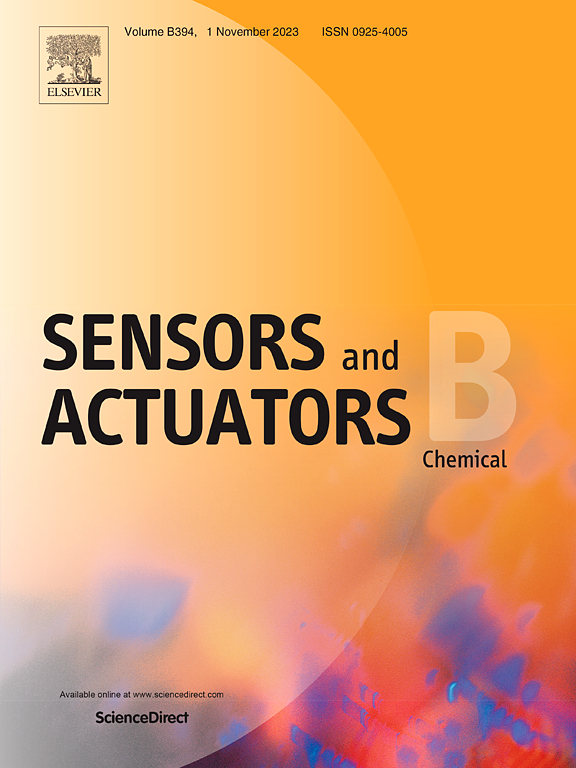Enhancement of NO2 sensing of ZnO by irradiating with high-energy Ni ions
IF 8
1区 化学
Q1 CHEMISTRY, ANALYTICAL
引用次数: 0
Abstract
Although high-energy irradiation is a feasible route to amplify sensing characteristics, only a few studies have focused on this technique. In this study, high-energy (100 keV) Ni+ ions were irradiated onto ZnO nanoparticles at three varying ion doses (1014, 1015, and 1016 ions/cm2) for detecting NO2. The characterization results showed that the irradiated samples contain more oxygen vacancies than the pristine sample; irradiation at the lowest dosage produces the highest number of oxygen vacancies. At 250 °C, ZnO irradiated with the lowest dose demonstrates the largest response of 120.8–10 ppm NO2 gas. Moreover, it exhibited long-term stability, high selectivity, repeatability, and reproducibility. The optimized sensor showed a smaller decrease in its response under humid environments compared to the pristine sensor. This enhanced performance was ascribed to the formation of large numbers of oxygen vacancies through Ni+ irradiation. This study emphasizes the promising role of Ni+ irradiation and the importance of optimizing its dosage to achieve the highest sensing output.
求助全文
约1分钟内获得全文
求助全文
来源期刊

Sensors and Actuators B: Chemical
工程技术-电化学
CiteScore
14.60
自引率
11.90%
发文量
1776
审稿时长
3.2 months
期刊介绍:
Sensors & Actuators, B: Chemical is an international journal focused on the research and development of chemical transducers. It covers chemical sensors and biosensors, chemical actuators, and analytical microsystems. The journal is interdisciplinary, aiming to publish original works showcasing substantial advancements beyond the current state of the art in these fields, with practical applicability to solving meaningful analytical problems. Review articles are accepted by invitation from an Editor of the journal.
 求助内容:
求助内容: 应助结果提醒方式:
应助结果提醒方式:


